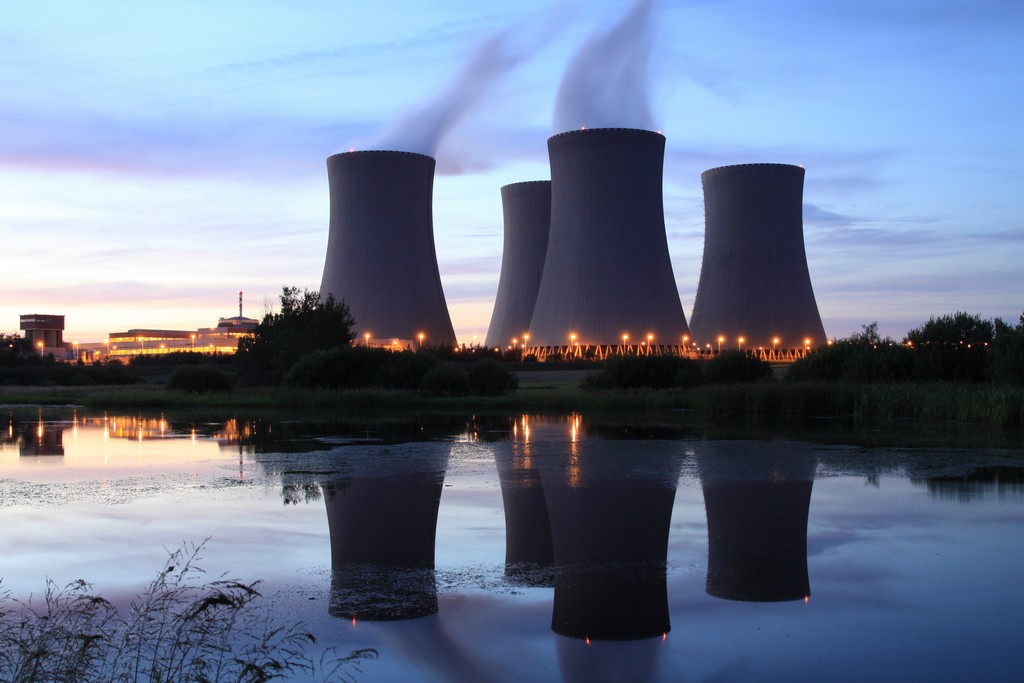Nuke being positioned as “green source of energy”
- August 26, 2021
- 0

The head of the Philippine Nuclear Research Institute (PNRI) has presented nuclear power as a “green source of energy,” citing less carbon emissions and new research pointing it as a form of renewable energy (RE).
Speaking at the Energy’s Sustainable Future in Renewables and Nuclear webinar on Wednesday, PNRI Director Carlo Arcilla pointed out that nuclear energy emits levels of carbon dioxide lower than wind and solar.
“In fact, the IPCC (Intergovernmental Panel on Climate Change) said, if there were no nuclear power, the world’s carbon dioxide emission would increase by ten percent,” he emphasized.
Arcilla also cited a research published in the Journal of Materials Chemistry A in September 2020 pointing to nuclear power as a form of RE.
“Research says that nuclear is now renewable because it’s now possible to extract uranium from seawater at current prices of uranium. [So, this] means that it’s theoretically possible to actually consider nuclear as renewable because there’s [an] unlimited supply of uranium from the sea,” Arcilla said.
The Nuclear Energy Program Inter-Agency Committee, of which Arcilla is part of, already submitted to Pres. Rodrigo Duterte its draft of the national position on nuclear power, but has yet to be acted upon.
While agreeing with the need to have solar, wind, and hydropower in the energy mix, Arcilla laments the energy sector’s seeming fixation on the said technologies, mainly over electricity costs that may potentially rise with the Malampaya gas field’s dwindling supply.
“Renewables are fantastic, [but because of their low capacity factor], they need back-up sources or very expensive batteries.”
Based on data from the US Energy Information Administration as of last year, nuclear has the highest capacity factor at 92.5%, followed by geothermal (74.3%), natural gas (56.6%), hydropower (41.5%), coal (40.2%), wind (35.4%), and solar (24.9%).
Arcilla also argued for the safety of nuclear power plants.
“If nuclear [power] isn’t safe, why does [the United States] have nearly 100 nuclear power plants supplying 20% of its electricity operating close to 60 years?” he remarked.
For his part, AC Energy (ACEN) President and CEO John Eric Francia said that power generating firms are not that keen on investing in nuclear energy because of several key concerns. ACEN is one of the country’s major RE proponents.
While he recognizes that nuclear plants abroad have been operating safely, there are many concerns with building such a facility in the Philippines.
“There [are] a lot of relevant issues, [such as] perception [and] community and stakeholder management. But the deal breaker, if you will, or
“If something goes wrong, it could be catastrophic not only where the nuclear plant is, but also to the corporate sponsor,” he added.
Arcilla then answered that the building of nuclear plants won’t push through unless these follow the security and safety tenets of the International Atomic Energy Agency.